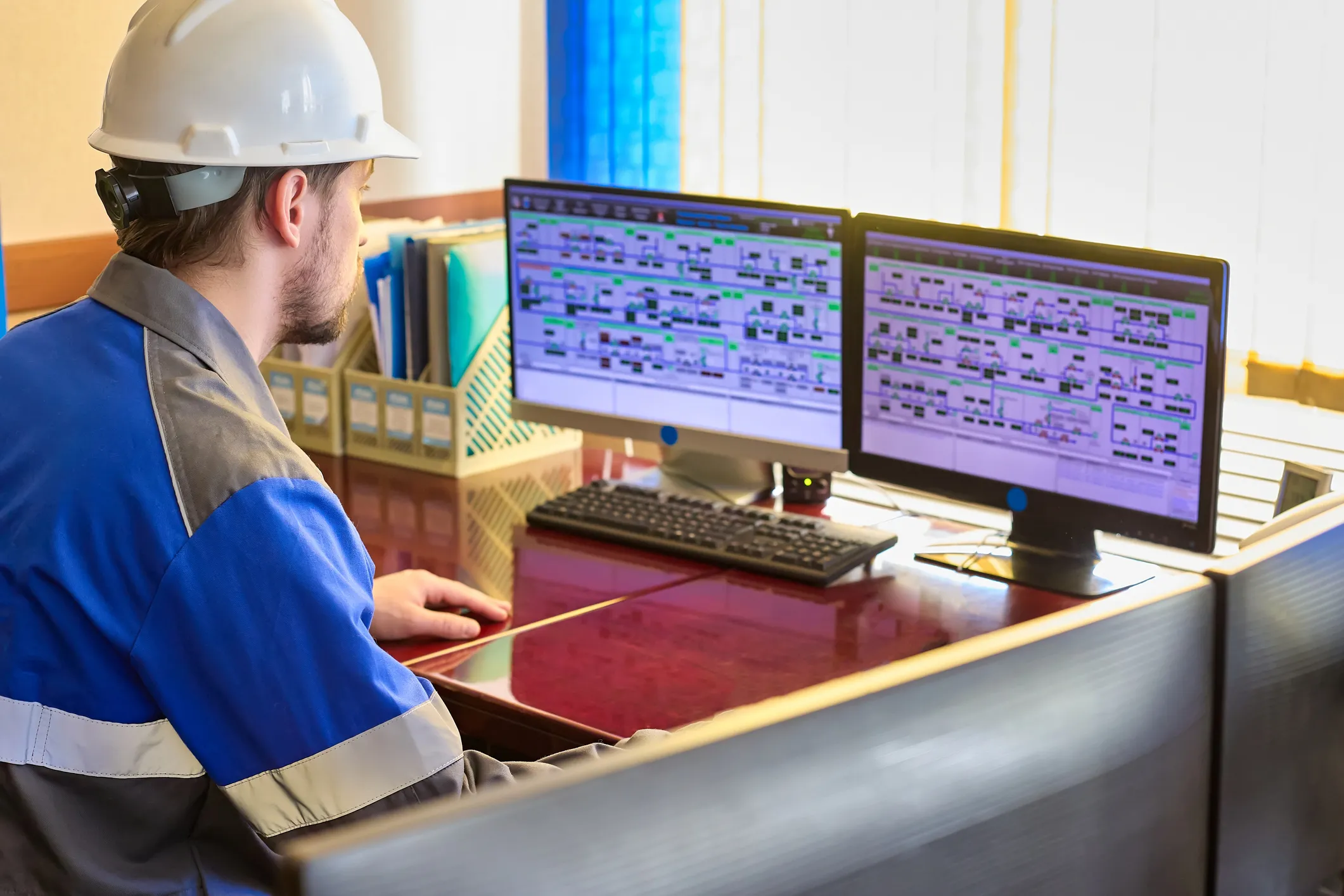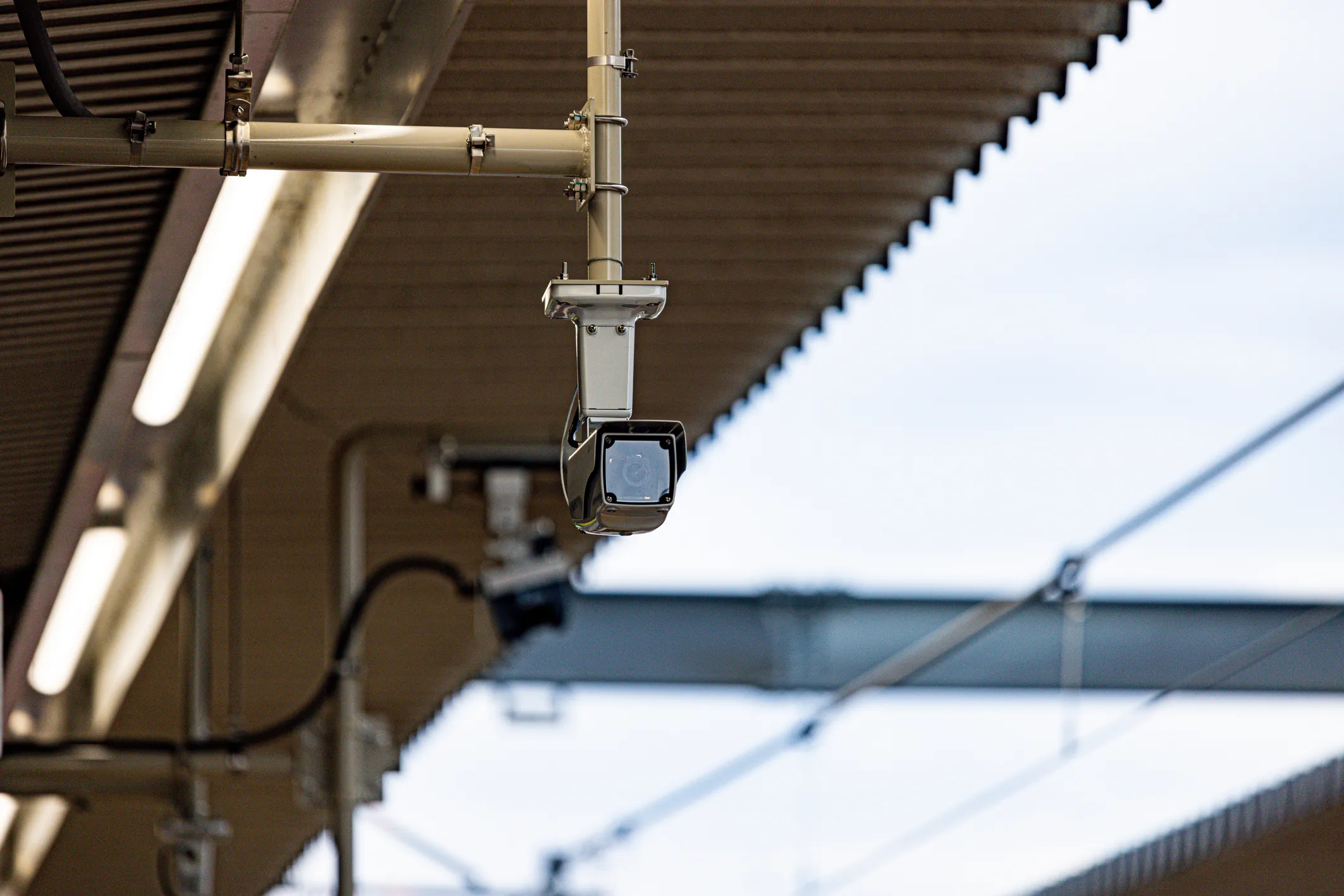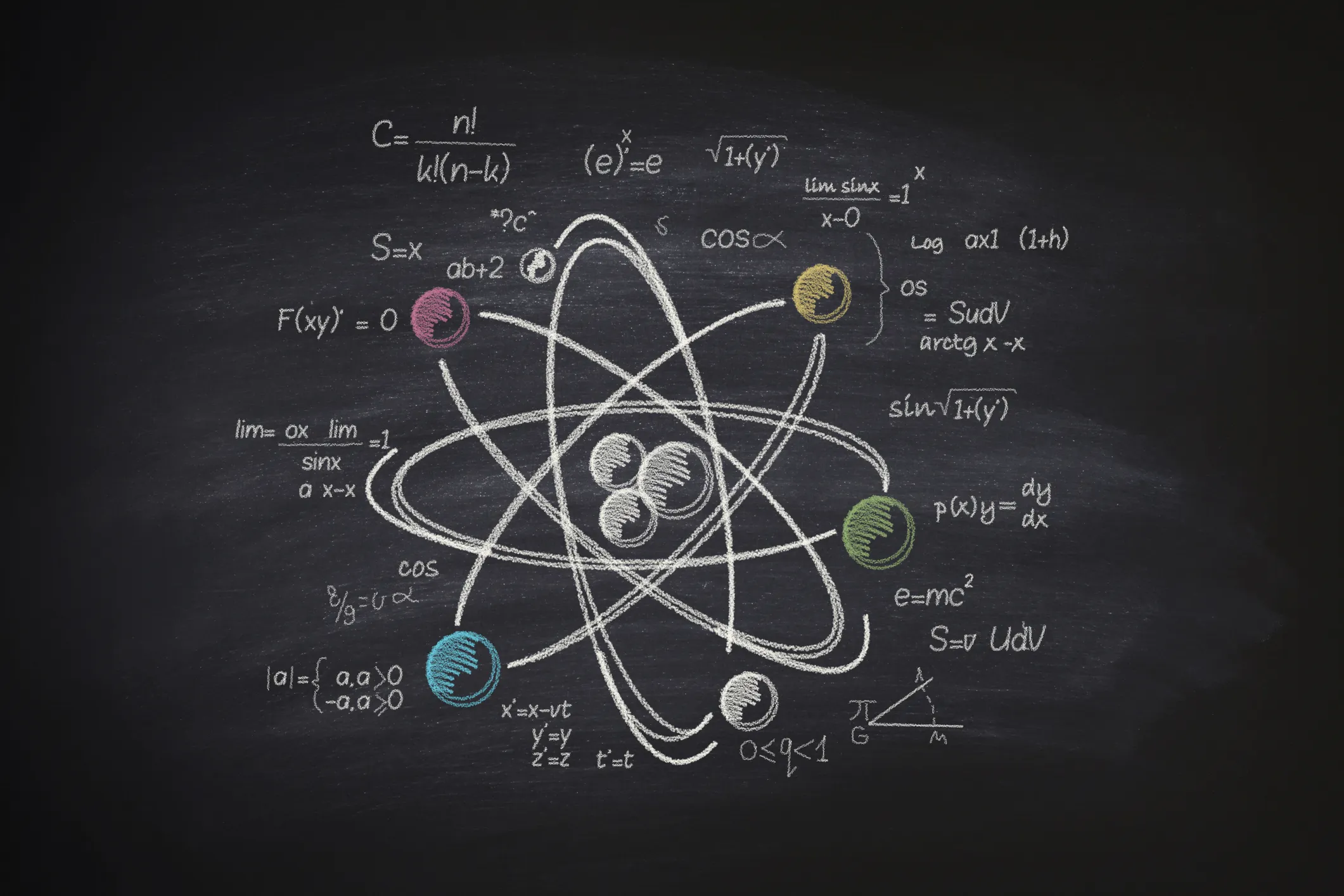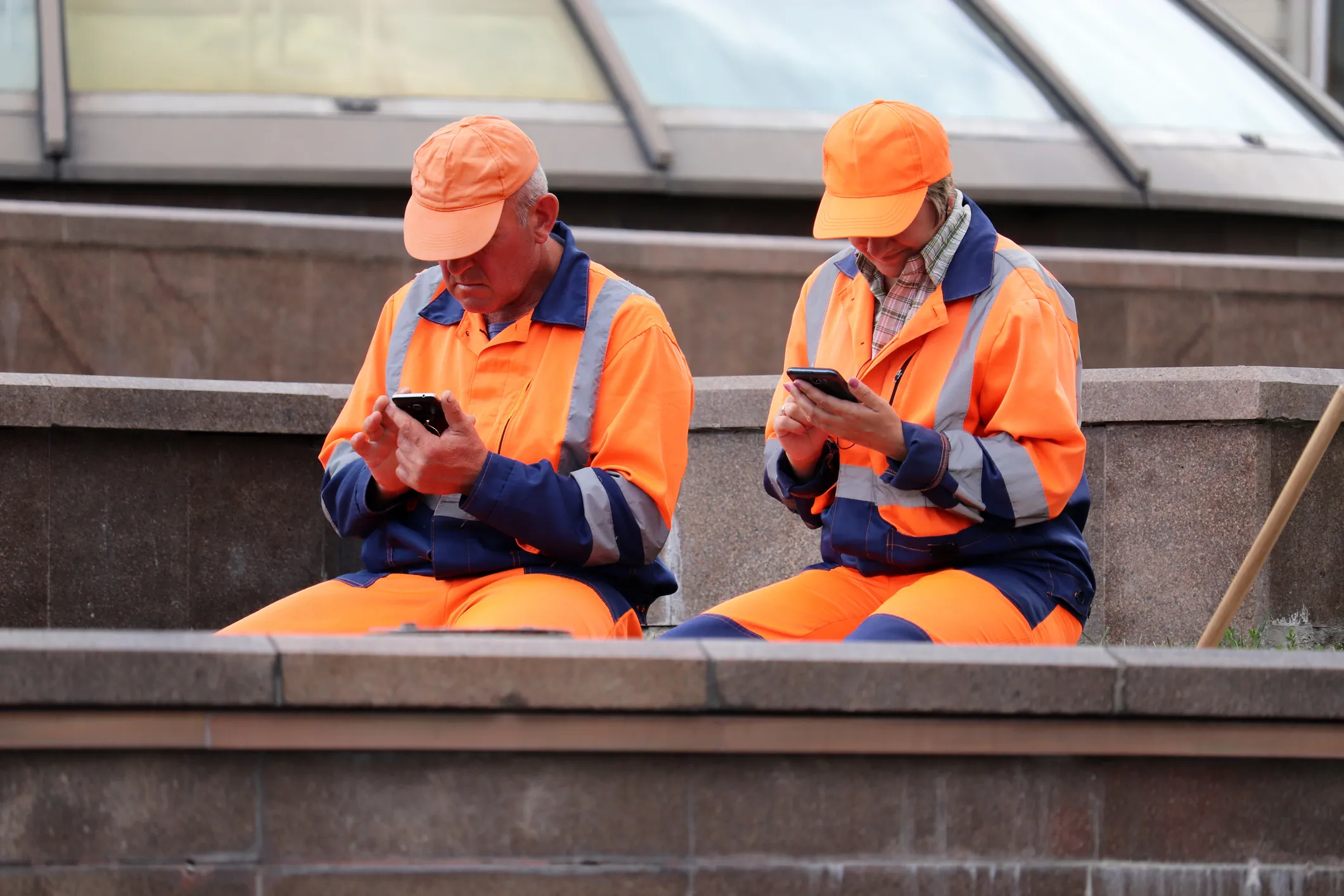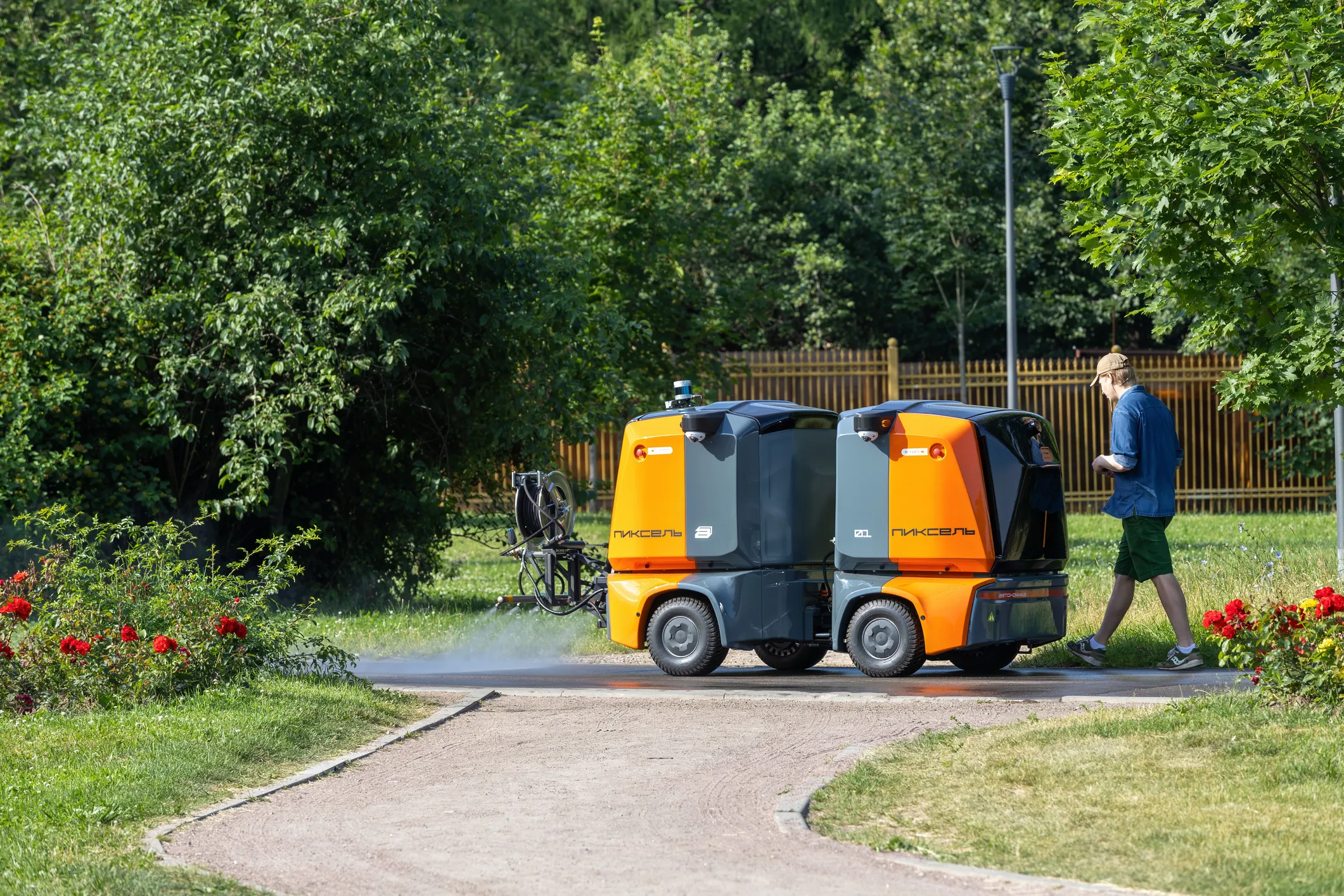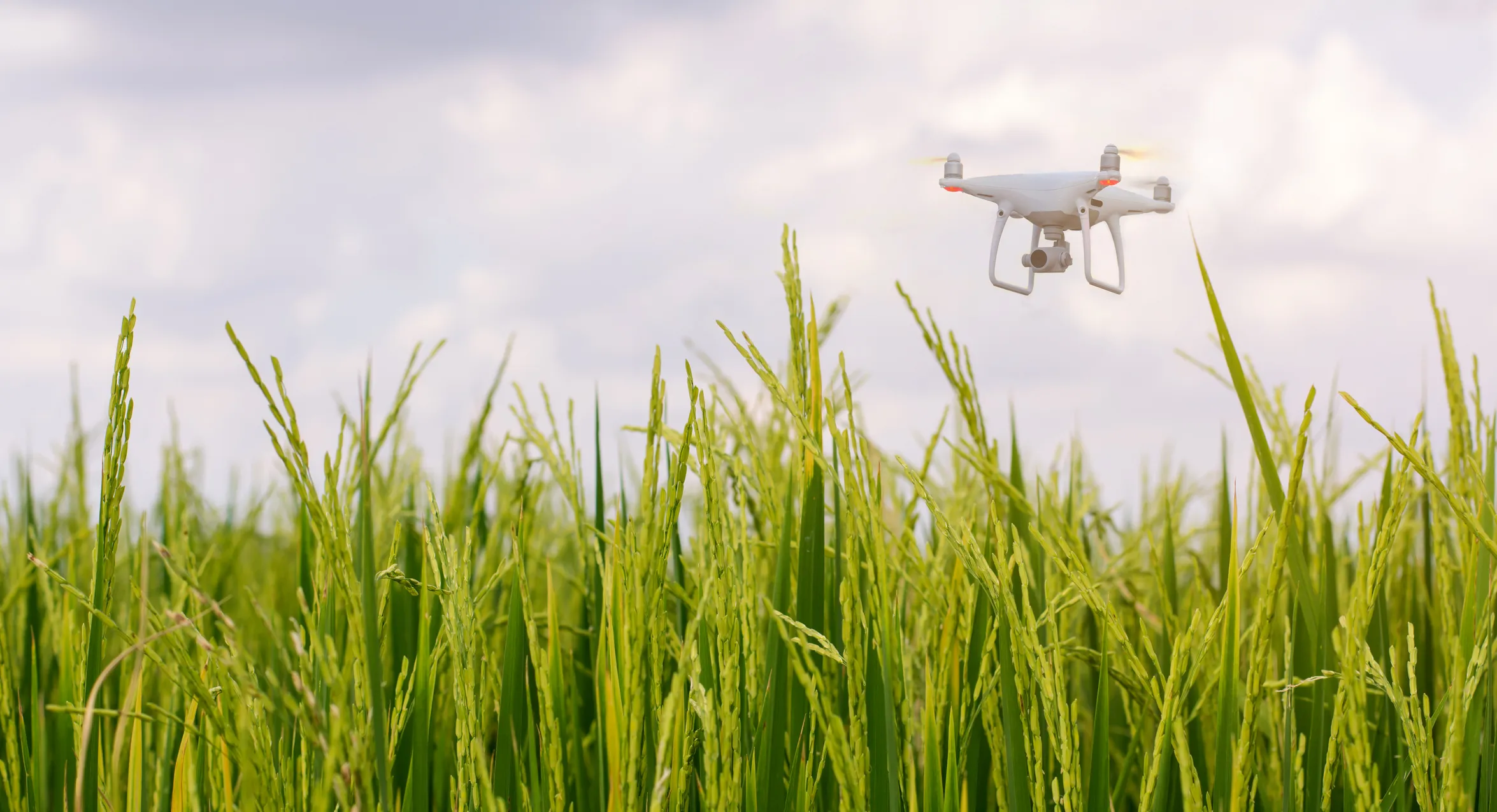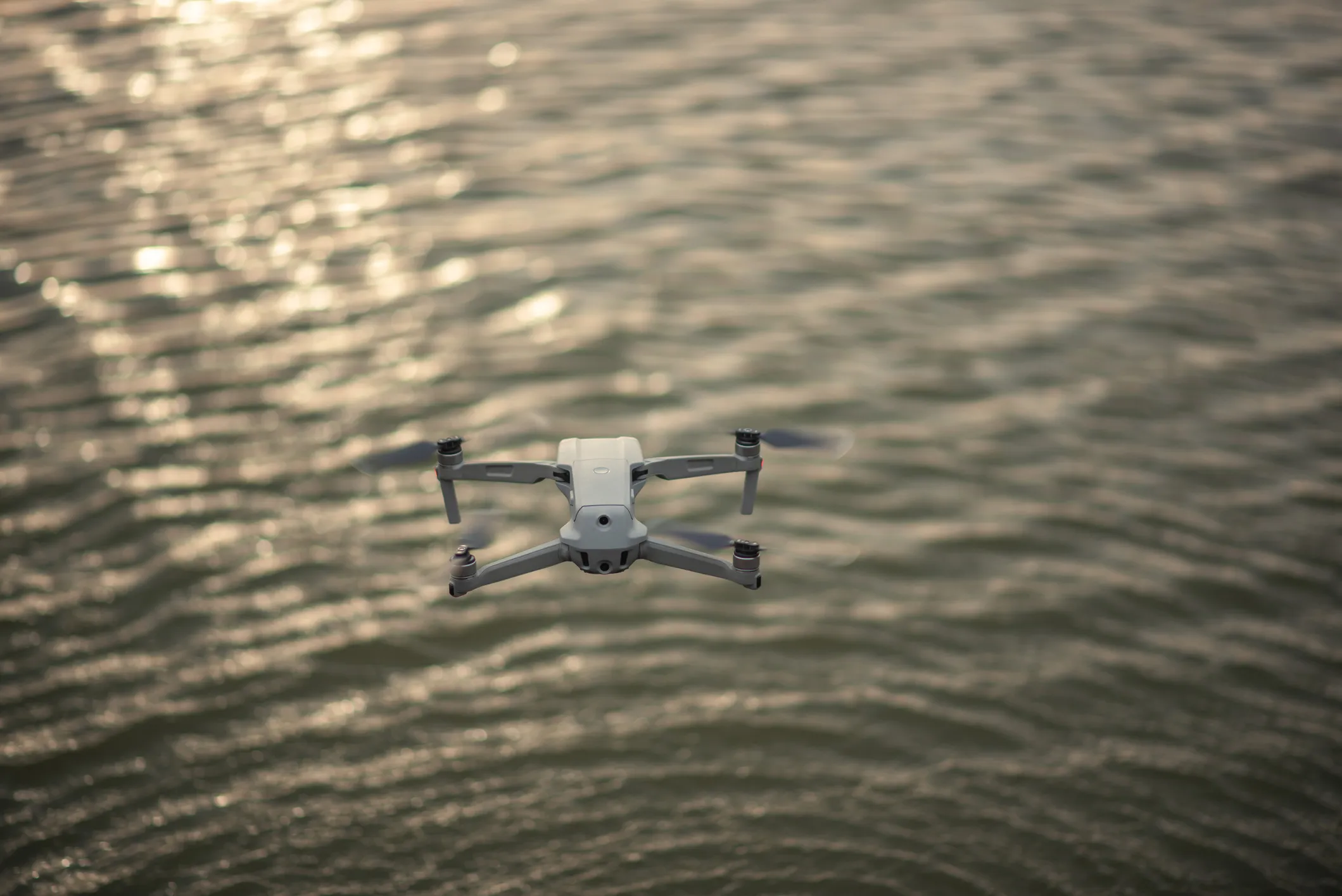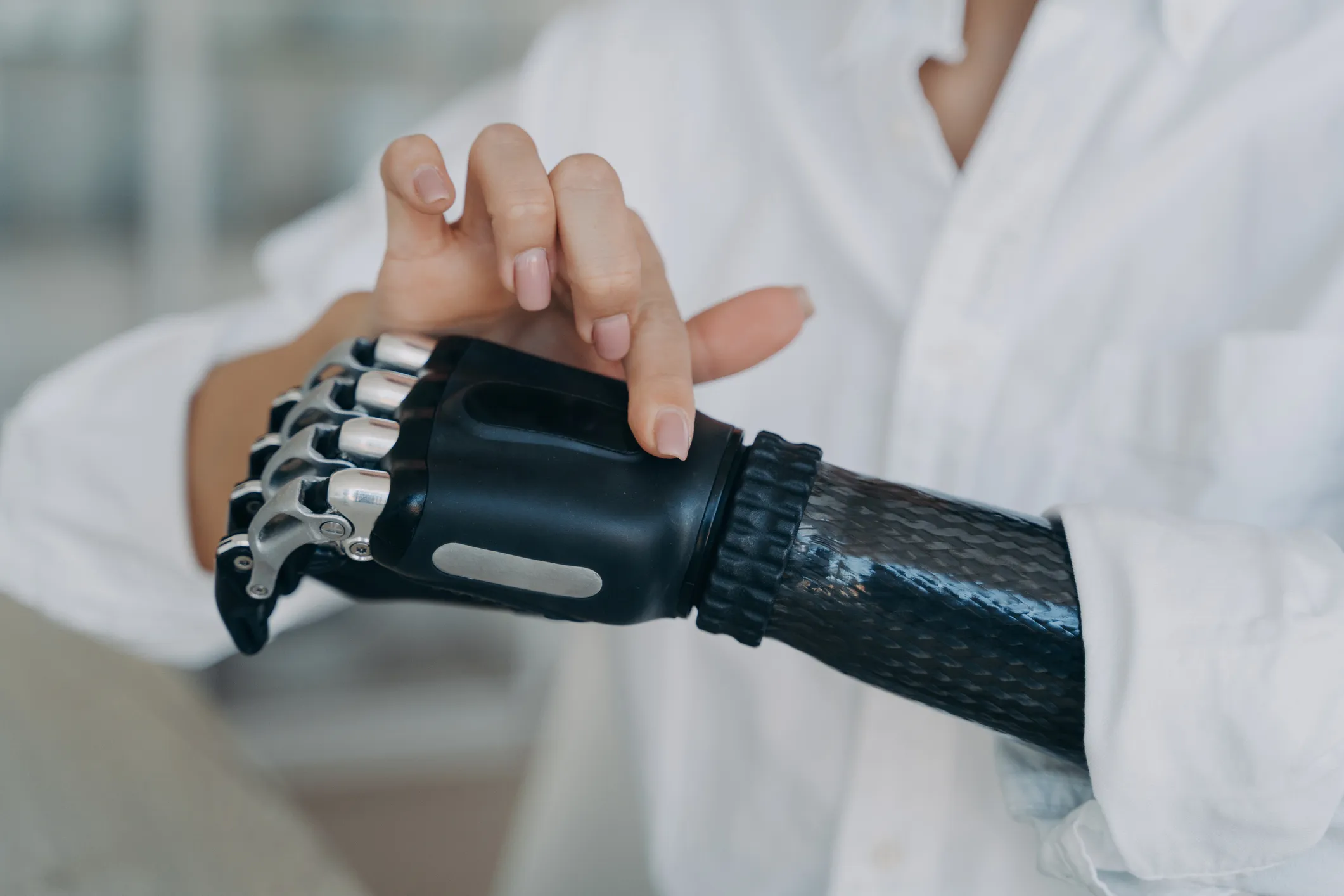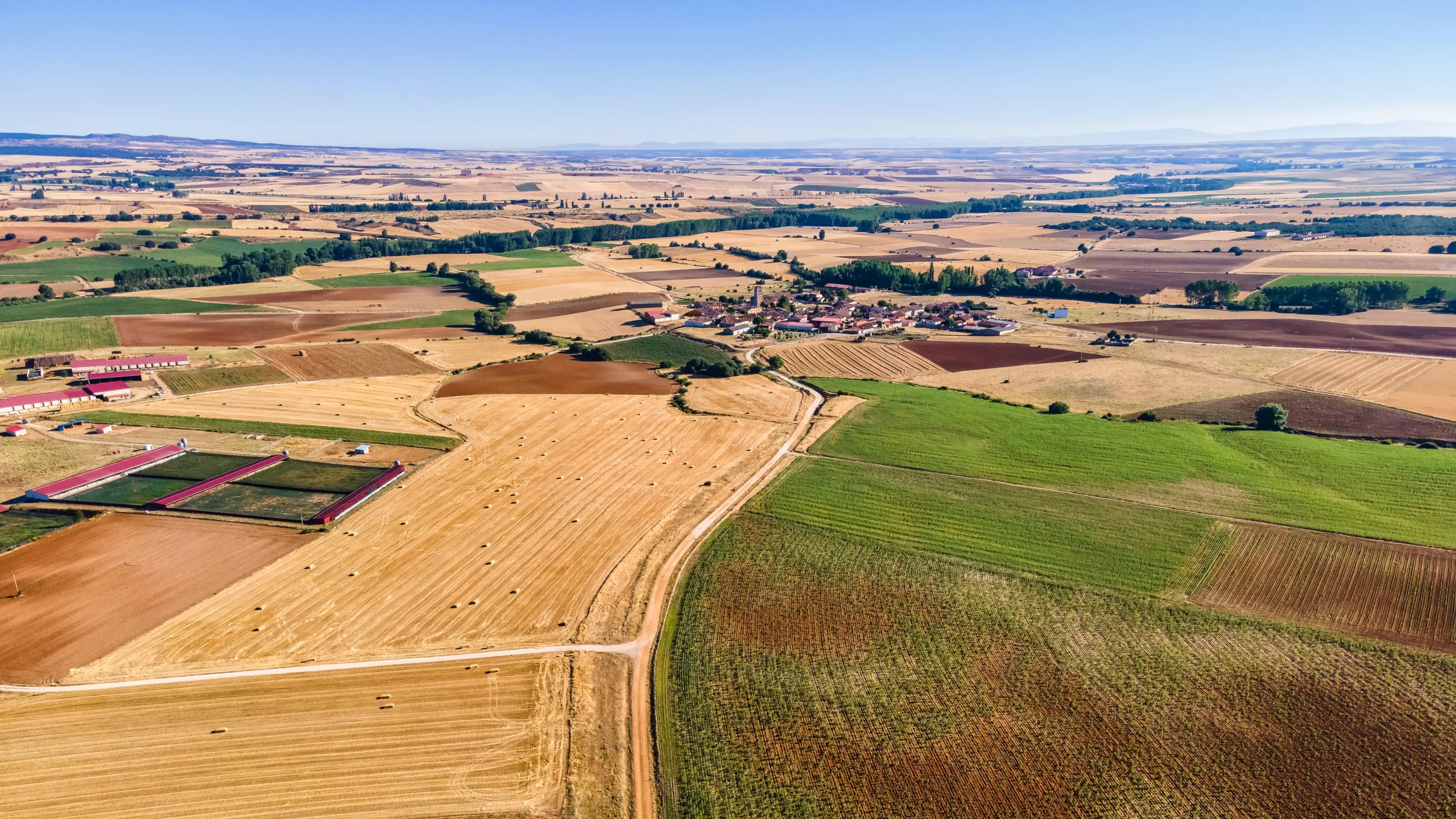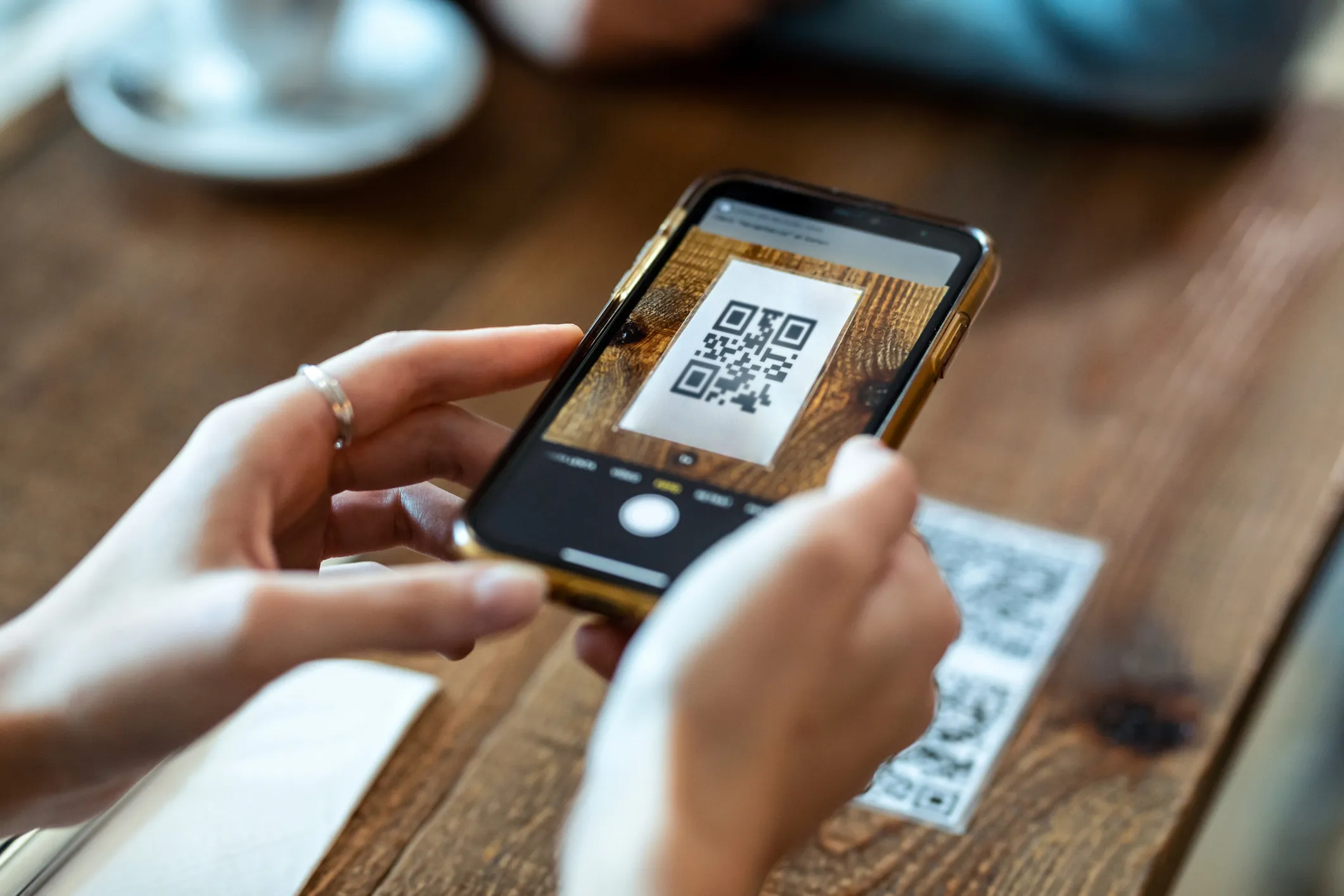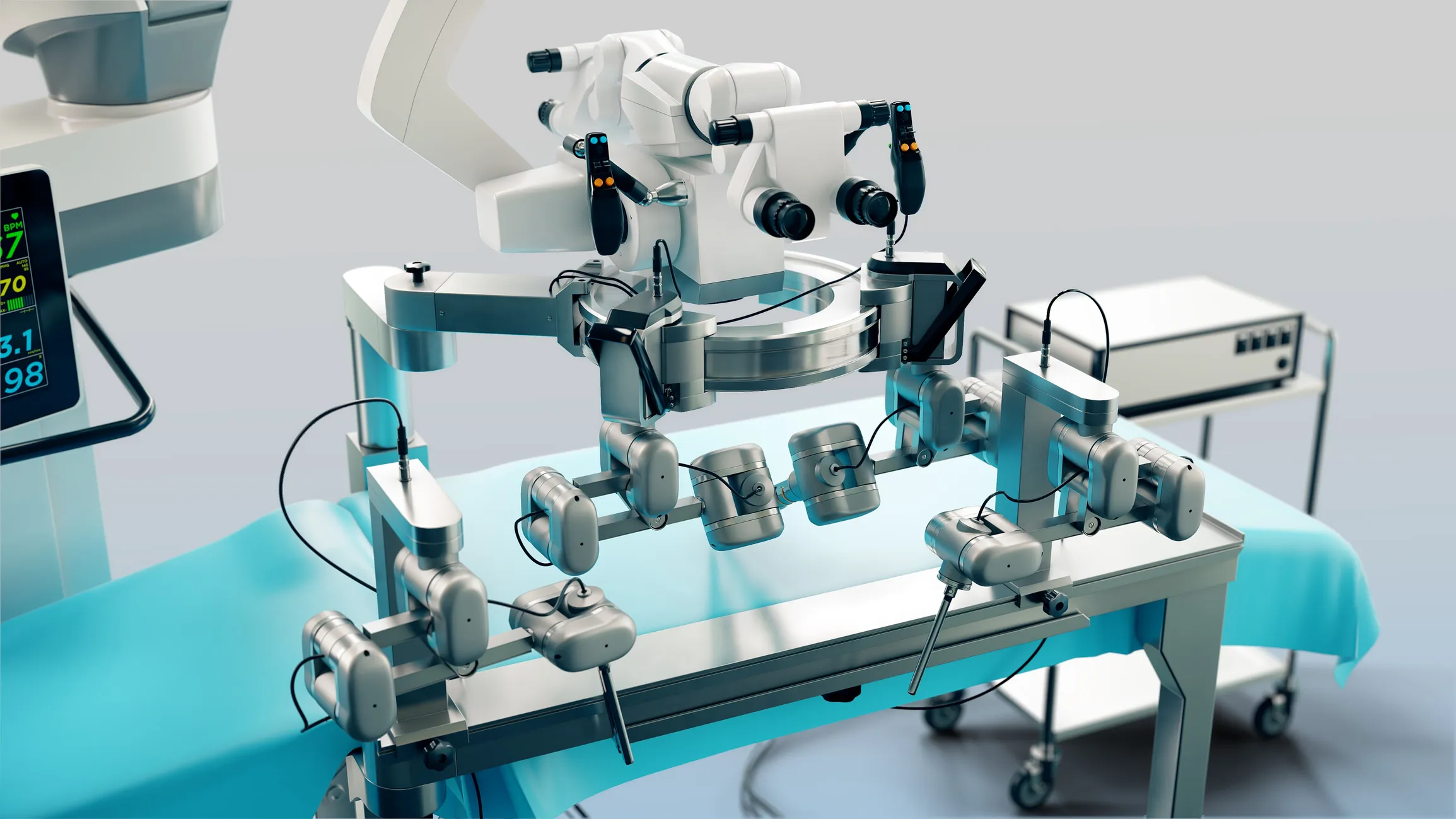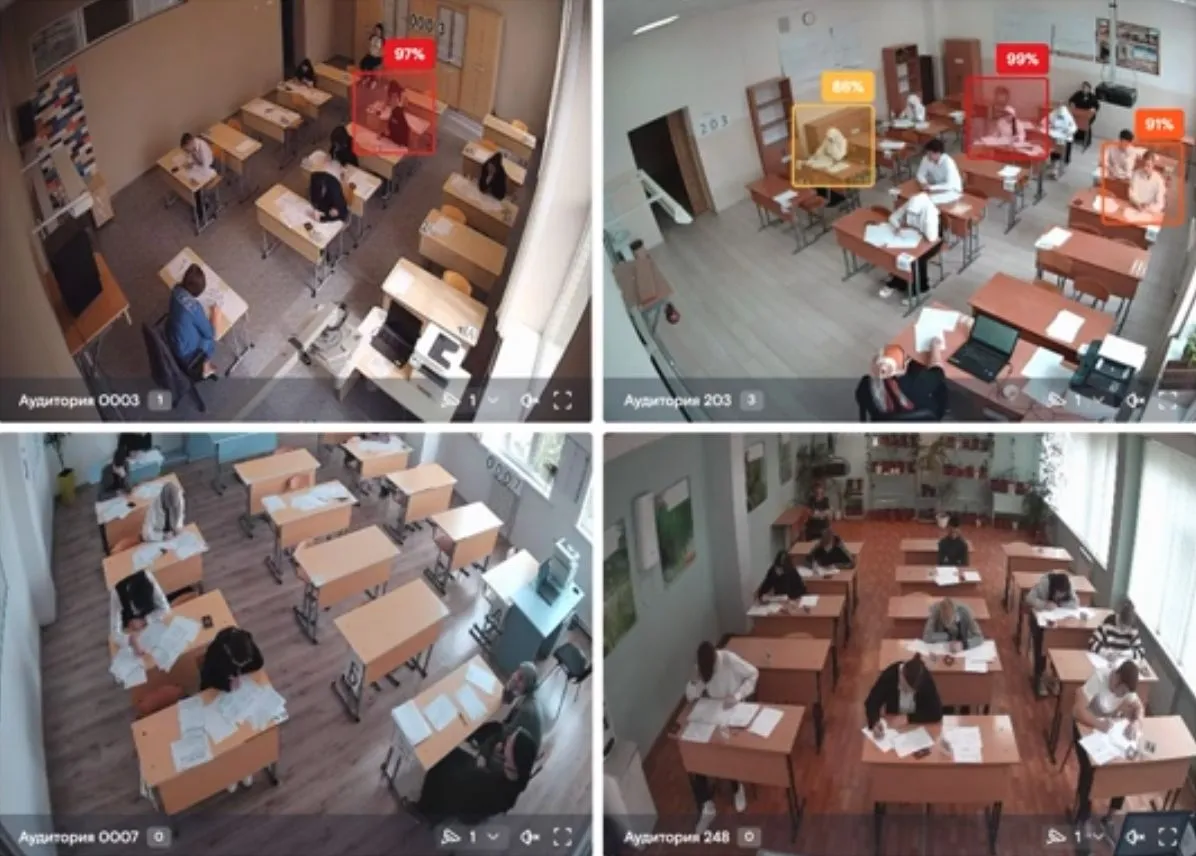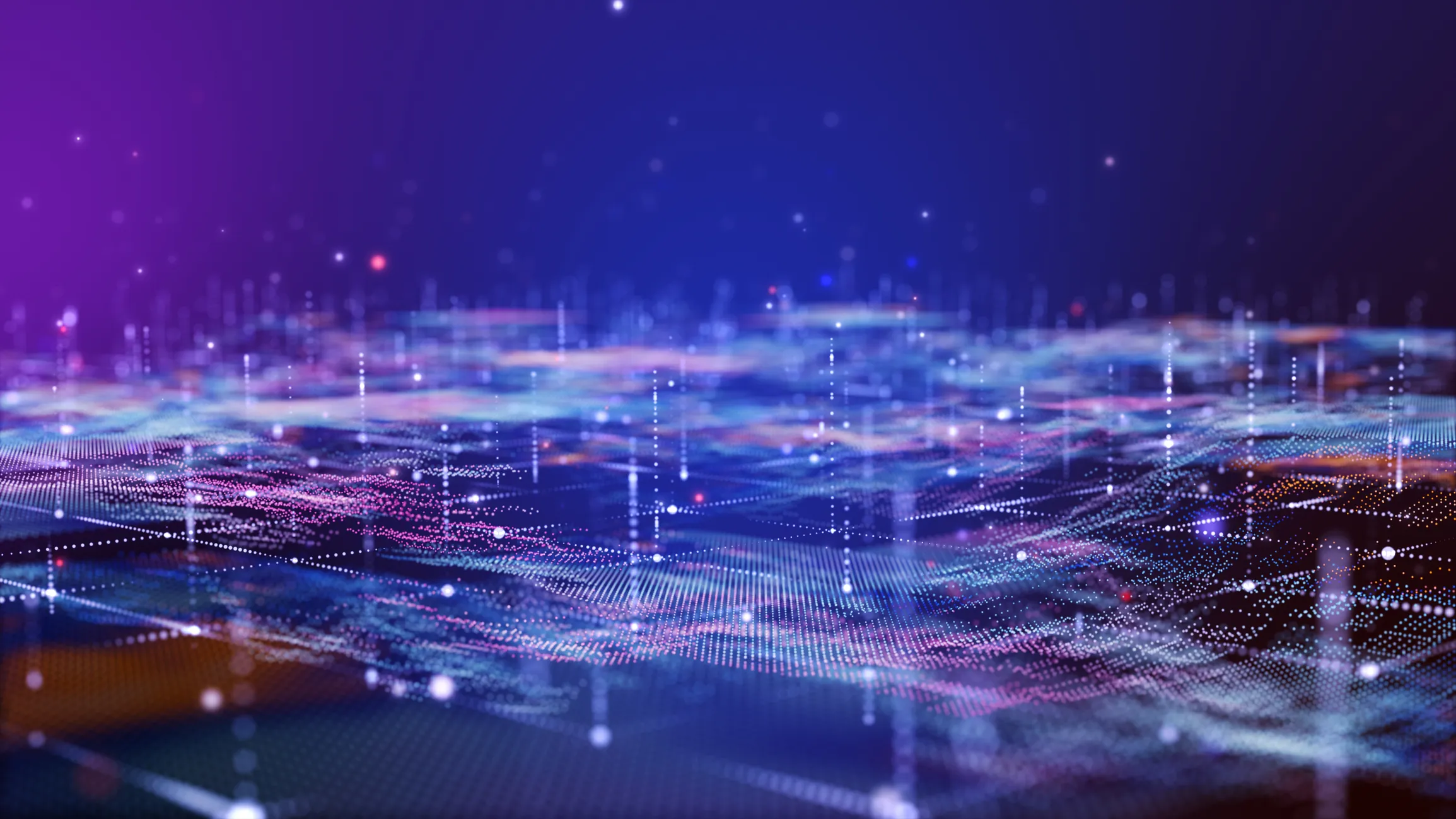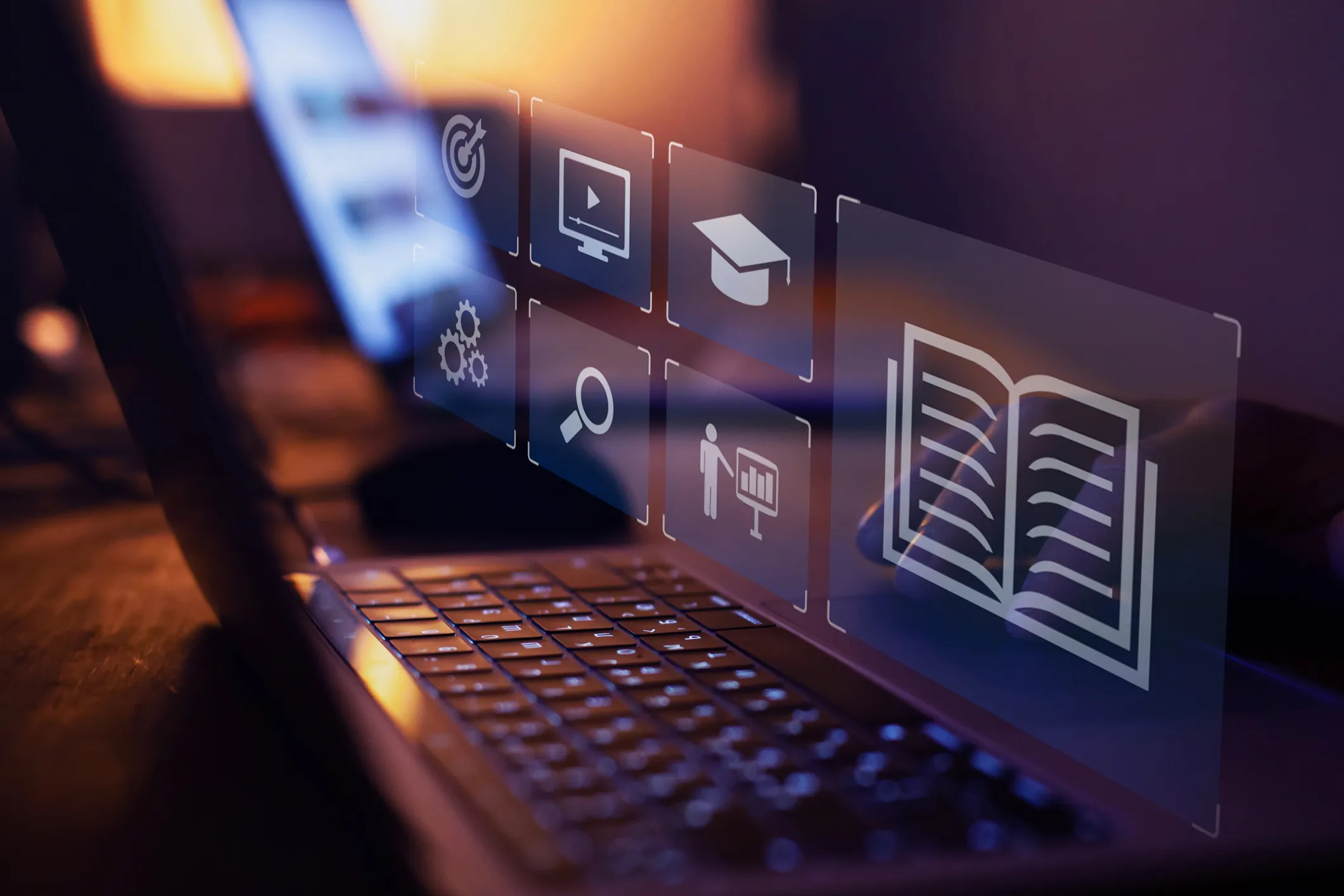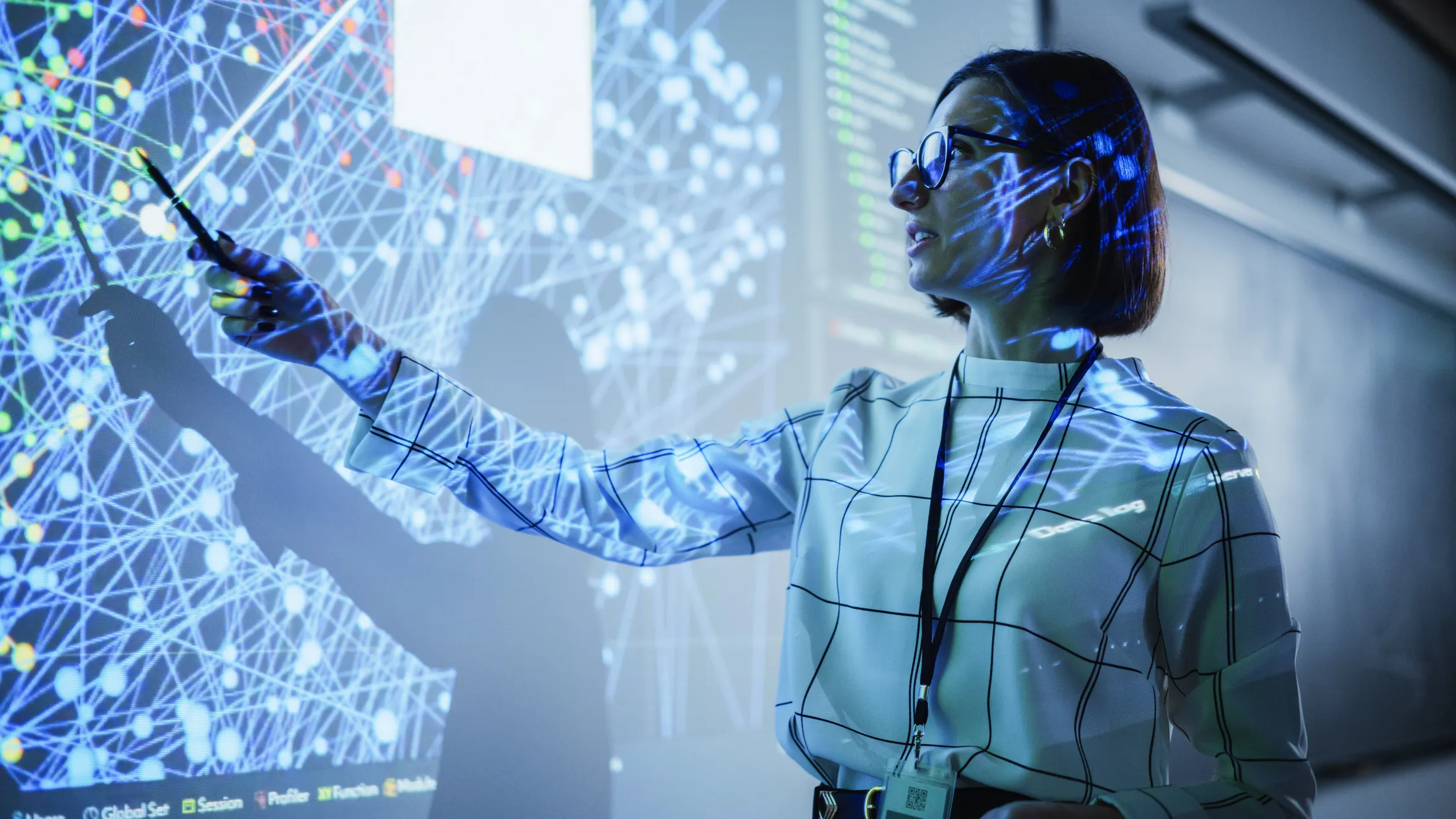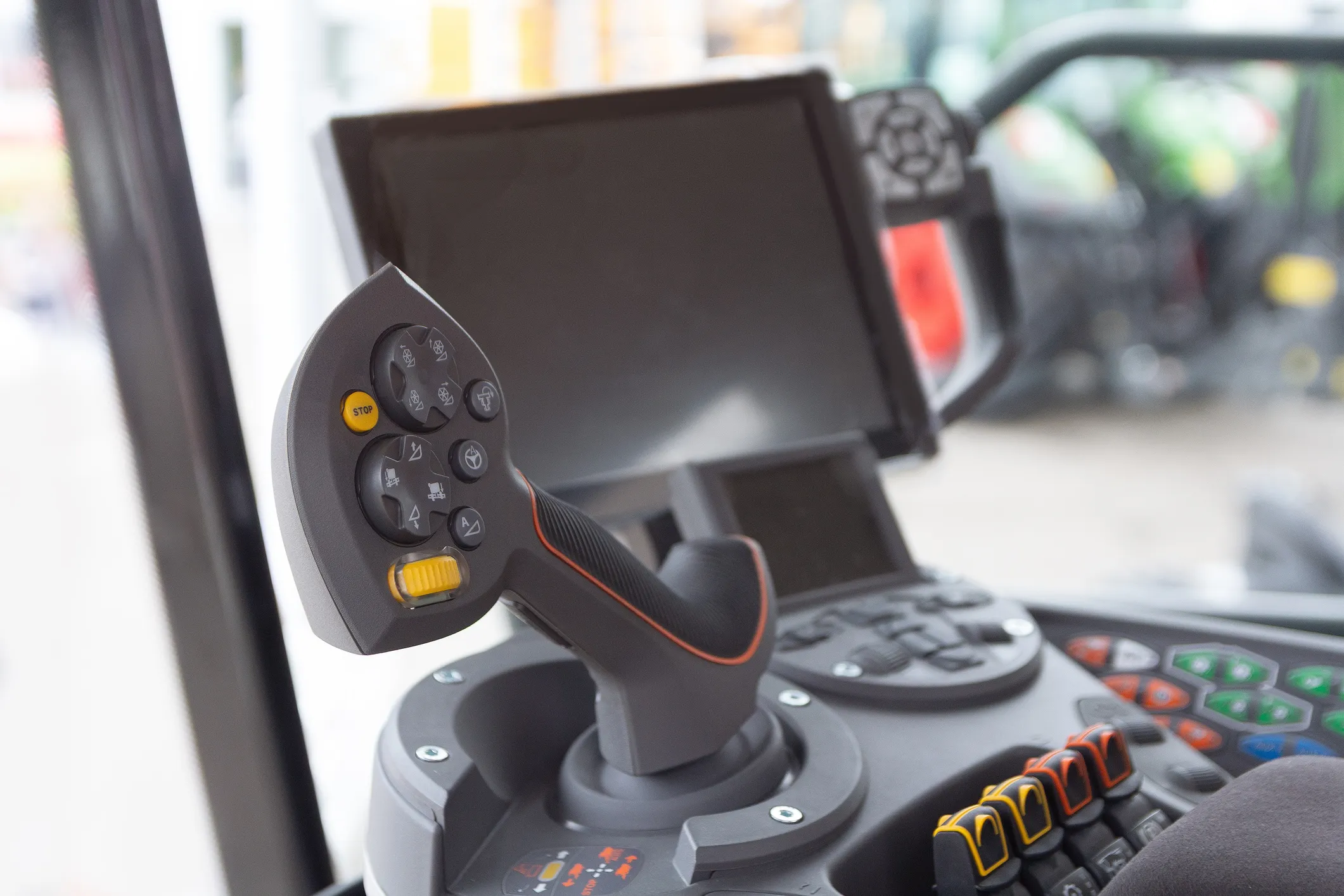Russian AI Is Getting Serious About Deepfake Detection in Video Calls

New system hits 98% accuracy and could become a must-have for business, government, and telecoms.
In a world where deepfakes can mimic anyone from CEOs to public officials, Russian developers are fighting back — with AI. A new neural network–powered system is designed to detect synthetic audio and video in real time, and early tests show it already hits an impressive 98% accuracy rate.
The technology is aimed at securing video conferencing platforms from deepfake impersonations — a growing threat in corporate, governmental, and financial communications. With this tool in place, fraudsters will have a harder time posing as executives, bureaucrats, or regional governors.
Trained using machine learning, the system analyzes live audio and video streams for subtle red flags: mismatched lip movements, facial distortions, and telltale quirks of AI-generated speech. These are nearly invisible to the human eye or ear — but not to the detector.
Within seconds, the system can flag a call and warn: “You’re not talking to a person — you’re talking to a digital fake.”
Experts say demand for the solution will only grow as identity spoofing becomes more sophisticated. Developers are already planning to expand the system’s capabilities, turning it into a full-spectrum virtual bodyguard for the era of synthetic reality.







